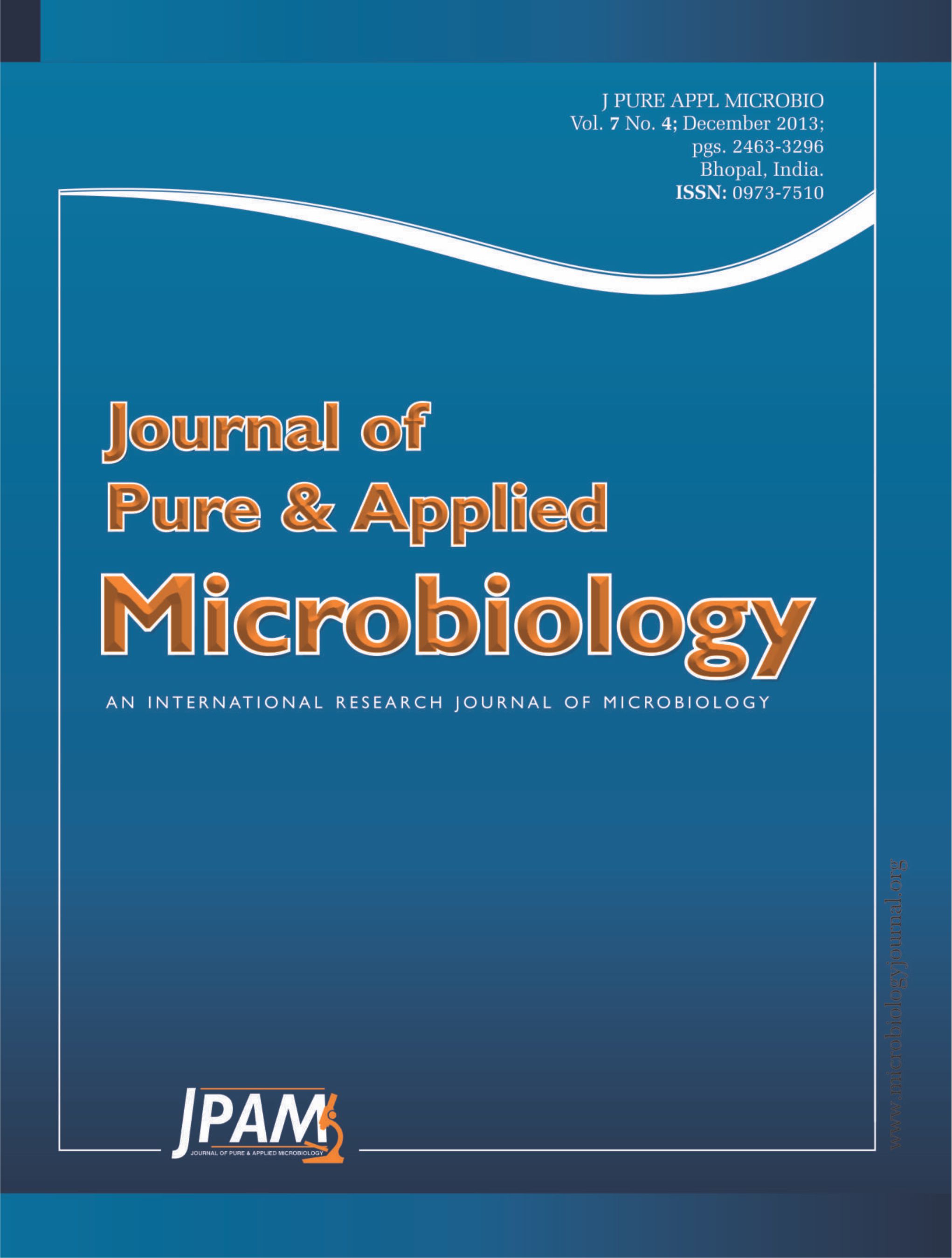The pulsed magnetic field (PMF) is a non-thermal method for inactivating microorganisms at lower temperatures and preserving the food sensory and nutritional qualities. In the present study, inactivation performances of Bacillus subtilis with the various pulsed magnetic field (PMF) intensities and pulses were well investigated. Results showed that the B. subtilis survival rate generally decreased with the increasing intensity (>1.5T) and pulse numbers (>15) and a minimum survival rate of 33.87% was obtained at an intensity of 3.3 T and pulse number of 30. However, lower intensity (£1.5T) and PMF pulse numbers (£15) enhanced the B.subtilis growth. By comparing the determination coefficients (r2), bias factors (Bf), accuracy factors (Af) and root mean square errors (RMSE), the Weibull distribution model with the highest r2 and the lowest RMSE was selected as the optimal kinetic model to describe the PMF inactivation process. Scanning Electron Microscope (SEM) observations indicated that PMF inactivated the B. subtilis cells by deformating the cell surface and damaging the cellular membrane. These findings for the first time present the kinetic model and the cell death mechanism during the PMF inactivation process, and will provide a useful reference for further PMF sterilization application.
Pulsed magnetic field (PMF), Bacillus subtilis, Inactivation, Kinetics model, SEM
© The Author(s) 2013. Open Access. This article is distributed under the terms of the Creative Commons Attribution 4.0 International License which permits unrestricted use, sharing, distribution, and reproduction in any medium, provided you give appropriate credit to the original author(s) and the source, provide a link to the Creative Commons license, and indicate if changes were made.


